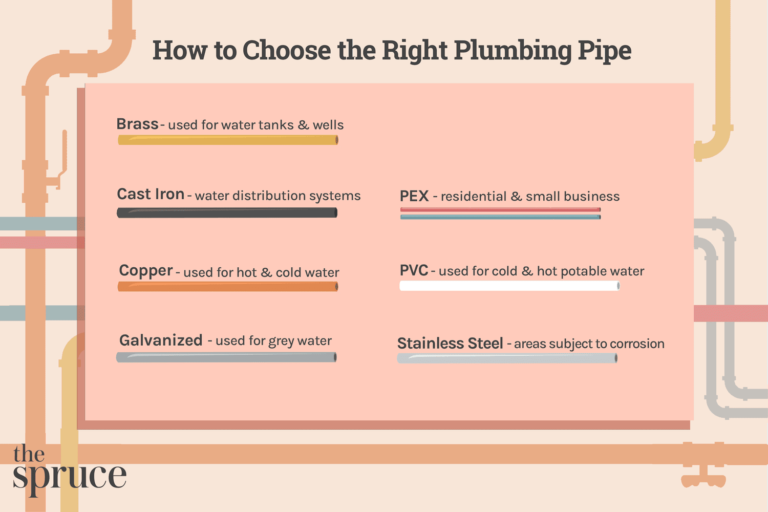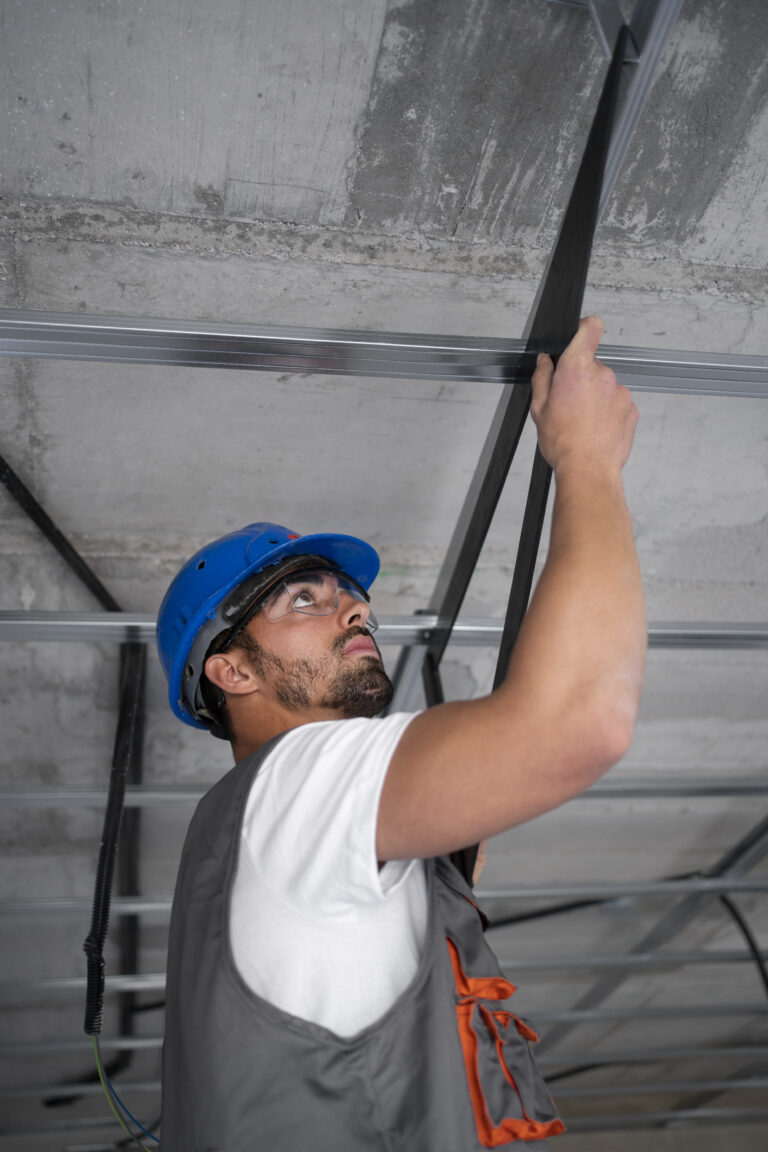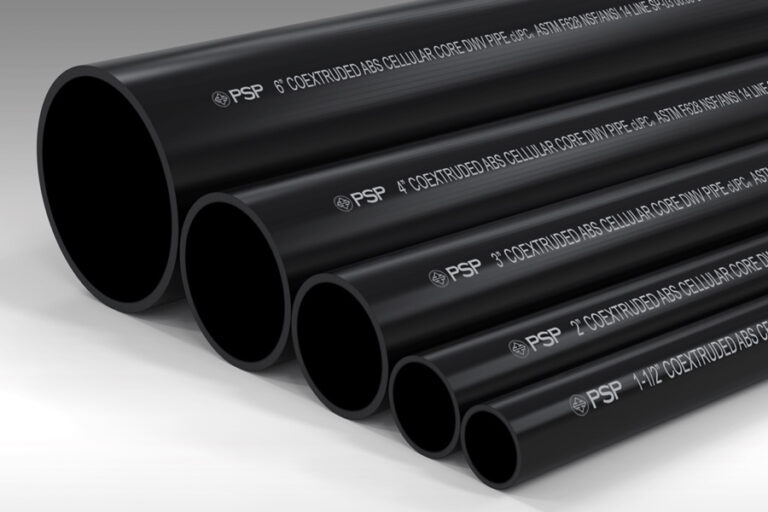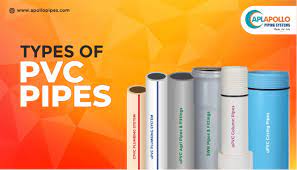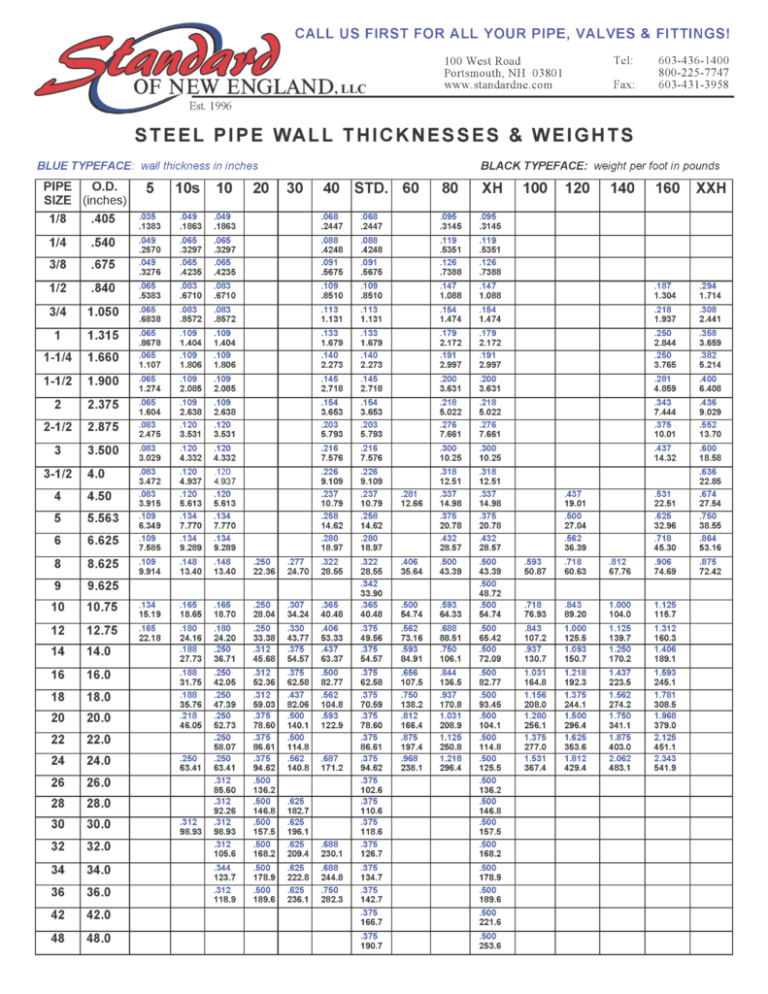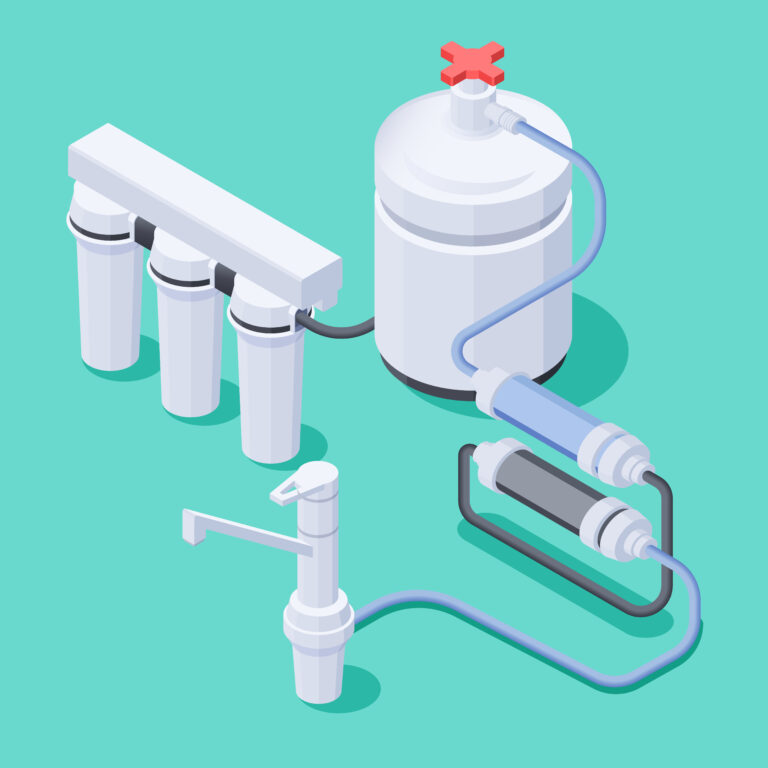What Is Piping In Plumbing?
Piping in plumbing is an important element of any plumbing system. It is used to connect various fixtures and appliances and the main water supply line. Piping is usually made of metal, plastic, or a combination of both, and is used to direct water flow throughout a building. It is important to use the right type of pipe for each application, as some materials can be damaged by certain types of water flow or pressure. Proper installation and maintenance of piping in plumbing can help ensure a safe and efficient plumbing system.
Definition of Piping in Plumbing
Plumbing piping is an integral part of a building’s plumbing system and it refers to the tubing, pipes, valves, and fixtures that convey water and other liquids throughout a building. It is important to understand the different types of piping used in plumbing to ensure that the plumbing system functions properly and safely.
Piping is typically made from materials such as copper, PVC, or PEX. Copper is the most common material used for plumbing piping, as it is durable and resistant to corrosion. PVC and PEX piping are both less expensive than copper, however, they are not as durable and require more maintenance.
Each type of piping has its advantages and disadvantages. Copper is the most expensive and durable material, but it is also the most difficult to work with and requires specialized tools and skills to install. PVC and PEX are both much easier to work with, however, they are not as durable and can be prone to damage or corrosion if they are not installed properly.
When selecting the type of piping for a plumbing system, it is important to consider the building’s purpose and the environment it will be in. In addition, it is important to research the different types of piping to determine which one is best suited for the job.
Types of Piping Used in Plumbing
Piping is a key component of any plumbing system and is used to transport fluids and gases. There are a variety of different types of piping used in plumbing systems, each with its unique characteristics and advantages. The most common types of piping used in plumbing systems are copper, galvanized steel, CPVC, PEX, and ABS.
Copper piping is the most common type of piping used in plumbing systems. It is strong, durable, and resistant to corrosion, and it is the preferred choice for hot and cold water lines. Galvanized steel piping is more economical than copper piping and is often used in older homes. vv is also a popular choice for hot and cold water lines, as it is lightweight, easy to install, and resistant to corrosion.
PEX piping is used in radiant heating systems and is resistant to corrosion, chlorine, and temperature fluctuations. ABS piping is often used in wastewater systems and is resistant to corrosion, chemicals, and temperature fluctuations. It is also more flexible and easier to work with than other types of piping.
When choosing a type of piping for your plumbing system, it is important to consider your needs and budget. Each type of piping has its pros and cons, and it is important to choose the right one for your project. With the right type of piping, you can ensure that your plumbing system is safe, efficient, and reliable.
Benefits of Using Piping in Plumbing
Piping is a critical component of any plumbing system and has been used in the plumbing industry for centuries. It is used to transport water from one location to another and to safely move wastewater away from homes and businesses. There are numerous benefits to using piping in plumbing, from its durability to its versatility.
Piping is incredibly durable. It is designed to withstand high pressures and temperatures, making it ideal for plumbing systems. It is also resistant to corrosion and other types of damage, meaning it will last much longer than other materials. Additionally, it is fire-resistant, making it an excellent choice for areas where there is a risk of fire.
Piping is also incredibly versatile, making it a great choice for any type of plumbing job. It can be used for both cold and hot water systems, and it can be used in a variety of shapes and sizes. Additionally, it can be used in a variety of applications, such as for water distribution, drainage, and sewage systems.
Finally, piping is relatively easy to install and maintain. It requires minimal training and experience to install and can be easily repaired if needed. Additionally, it is relatively inexpensive compared to other materials, making it an attractive choice for anyone looking to save money on their plumbing system.
Overall, the benefits of using piping in plumbing are clear. It is incredibly durable, versatile, and easy to install and maintain, making it an excellent choice for any plumbing system. Additionally, its affordability makes it an attractive option for anyone looking to save money on their plumbing system.

Installation and Maintenance of Piping in Plumbing
Piping in plumbing is an integral part of any home or commercial building. It is the system of pipes and fittings that supply water to and from the building. As such, the installation and maintenance of piping in plumbing is of utmost importance to ensure that it functions correctly and efficiently. Proper installation and maintenance of piping is essential to prevent leaks, blockages, and other issues that can lead to costly repairs and potential damage to the building.
The installation of piping in plumbing typically involves laying out the pipes, cutting them to the necessary lengths, and attaching them to the appropriate fixtures. It is important to consider the water pressure, temperature, and materials used when installing the piping. Additionally, the piping must be connected to the appropriate water supply and drainage systems.
Maintenance of piping in plumbing is just as important as installation. Regular maintenance should include cleaning, checking for leaks, and ensuring that fixtures are functioning properly. It is also important to inspect the piping for signs of corrosion or other damage that could lead to a breakdown or costly repair. Additionally, the pipes should be checked for any potential blockages or clogs that could disrupt water flow.
In conclusion, installation and maintenance of piping in plumbing is essential to ensure the system is functioning correctly and efficiently. It is important to consider the water pressure, temperature, and materials used when installing the piping, and to regularly inspect and maintain the system to prevent costly repairs and potential damage to the building.
Common Problems with Piping in Plumbing
Piping is a critical component of a plumbing system as it carries water to and from fixtures, appliances, and other locations. Unfortunately, piping can be prone to issues that can cause serious damage to the system. Homeowners and plumbing professionals alike need to be aware of common problems with piping to identify them early and avoid costly damage.
One of the most common piping issues is clogs. Clogs can form in any type of piping, from sewer lines to water mains and more. Clogs can cause a host of issues, from water pressure drops to sewage backups, and can be difficult to remove without the right tools and expertise.
Corrosion is another common problem with pipes. Corrosion can cause pipes to weaken and eventually fail, leading to costly repairs. Corrosion can be caused by several factors, from a lack of maintenance to improper installation, and can be difficult to detect until the damage is already done.
Leaks are another issue that can plague a plumbing system. Leaks can occur in any type of pipe, from copper to plastic, and can lead to water damage, mold, and other costly problems. Leaks can be caused by a variety of factors, from corrosion to improper installation, and can be difficult to detect until the damage has been done.
Finally, improper installation can be an issue with pipes. Improper installation can lead to a variety of problems, including water pressure drops, leaks, and other issues. It is important to make sure that any plumbing system is installed properly to avoid these types of problems.
By being aware of these common issues, homeowners and plumbing professionals alike can identify problems with piping early and take steps to mitigate them. This can help avoid costly damage and save time and money in the long run.
Best Practices for Working with Piping in Plumbing
Piping in plumbing is a critical component of any plumbing system, and it’s important to understand the basics of how to safely and effectively work with piping. This article will discuss the basics of plumbing piping, the best practices for working with it, and the potential risks associated with improper installation. We will also cover the different types of piping material available and the pros and cons of each.
When working with piping in plumbing, it’s important to understand the basics of plumbing piping terminology, such as the different types of fittings and connectors. It’s also important to understand the difference between rigid and flexible piping and the different types of materials used for each. Additionally, it’s important to understand the basics of pressure testing and the importance of using the correct tools and techniques.
When installing piping in a plumbing system, it’s important to use the right type of material for the job. Common materials include copper, PVC, PEX, and CPVC. Each of these materials has its unique advantages and disadvantages, so it’s important to understand the pros and cons of each before making a decision. Additionally, it’s important to make sure that the piping is properly insulated and that the appropriate seals and connectors are used.
Finally, it’s important to understand the potential risks associated with working with plumbing piping. Improper installation can lead to leaks, water damage, and even structural damage. Additionally, improper installation can cause the piping to become corroded over time, leading to additional repairs or replacements.
In conclusion, plumbing piping is an important component of any plumbing system, and it’s important to understand the basics of working with it. It’s also important to understand the different types of materials available, the pros and cons of each, and the potential risks associated with improper installation. By understanding these basics and following best practices, homeowners and professionals can ensure their plumbing system is properly installed and maintained.
FAQs About the What Is Piping In Plumbing?
Q: What is piping in plumbing?
A: Piping in plumbing is the system of pipes used to transport water, gas, and other materials throughout a building. It consists of various types of pipes, fittings, valves, and other components.
Q: How does piping in plumbing work?
A: Piping in plumbing works by transferring water from one point to another through a system of pipes. The pipes are connected with fittings, valves, and other components that control the flow of water.
Q: What materials are used for piping in plumbing?
A: Common materials used for piping in plumbing are copper, steel, PVC, PEX, and CPVC. Each material has its unique properties and advantages, so it is important to choose the right material for the specific application.
Conclusion
Piping in plumbing is an essential and versatile component of any plumbing system. It is used to transport water, gases, and other liquids throughout the system. The pipes come in a variety of materials, sizes, and shapes to meet the needs of any plumbing system. With the right installation and maintenance, piping in plumbing provides a reliable and long-lasting solution to the needs of households and businesses.


